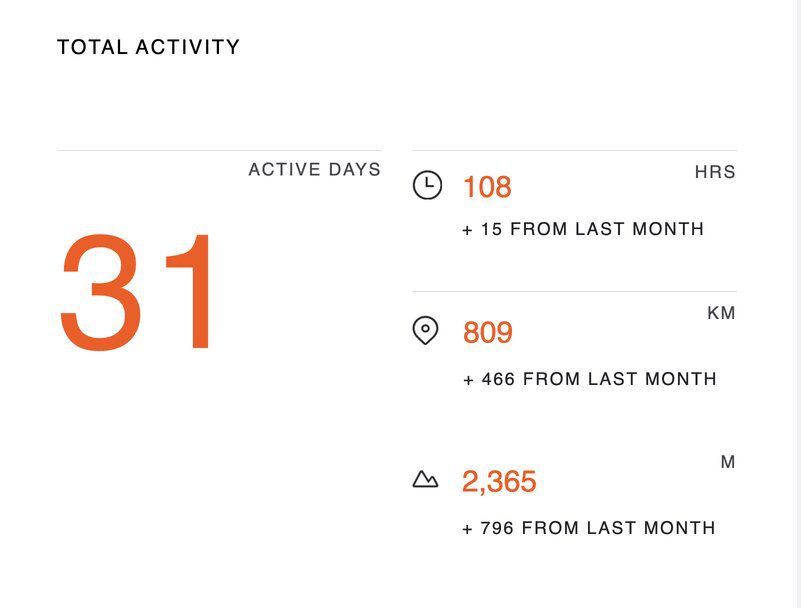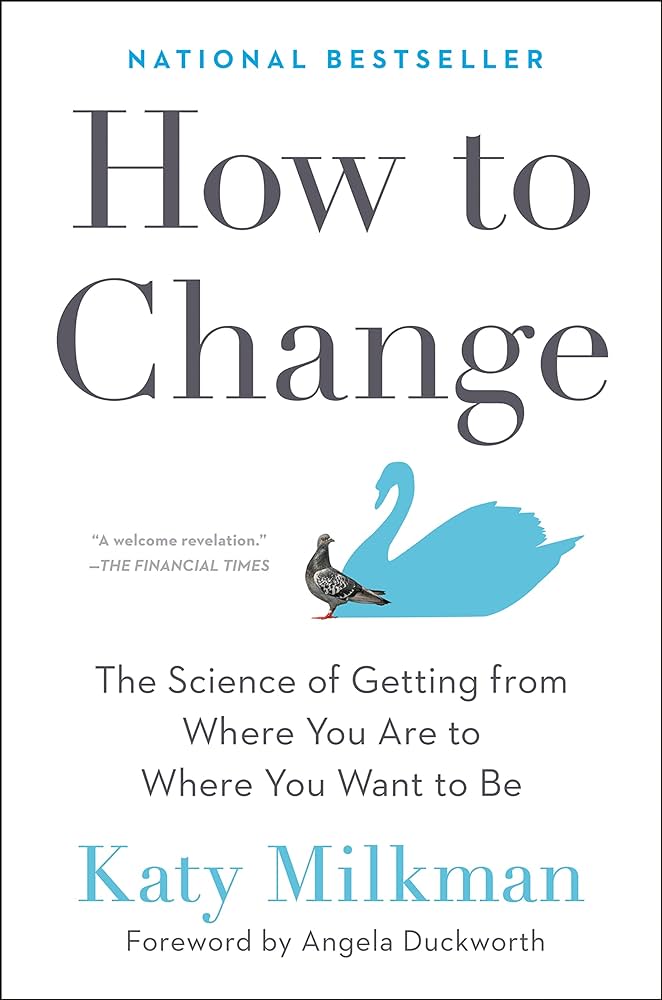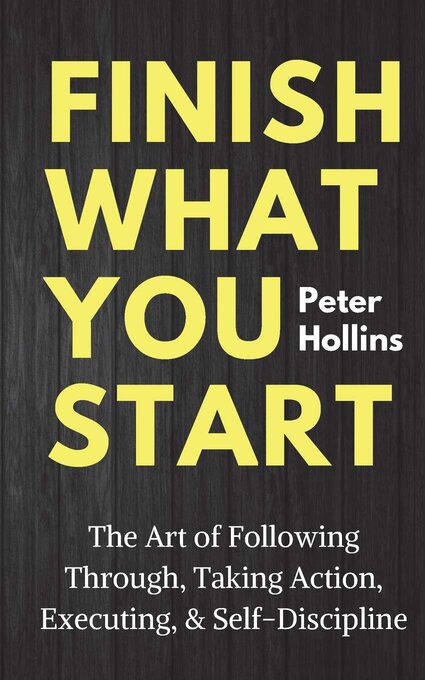Temptation bundling 1 is a term coined by University of Pennsylvania’s behavior researcher Katherine Milkman and her colleagues in a 2014 study. Here’s how it works: Basically, you “bundle” a source of instant gratification (like checking Instagram or watching an addictive show) with a beneficial but less fun “should” activity (like running on the treadmill or working on a spreadsheet). In Milkman’s study, the researchers gave participants iPods with four audio novels they wanted to listen to — but they could only access the iPod while working out. By and large, the participants’ gym attendance increased when an indulgence was tied to it.
Temptation bundling—a method for simultaneously tackling two types of self-control problems by harnessing consumption complementarities.
In their research, Dr. Milkman and her colleagues measured the impact of bundling instantly gratifying but guilt-inducing “want” experiences (enjoying page-turner audiobooks) with valuable “should” behaviors providing delayed rewards (exercising). Initially, full and intermediate treatment participants visited the gym 51% and 29% more frequently, respectively, than control participants, but treatment effects declined over time (particularly following Thanksgiving). After the study, 61% of participants opted to pay to have gym-only access to iPods containing tempting audiobooks, suggesting demand for this commitment device.
Temptation Bundling – My Personal Experience.
With temptation bundling, you take something you enjoy doing like playing a video game, or a guilty pleasure such as watching a TV series, and you tie that activity to a new habit that you want to build. The basic idea is that you can’t do one activity without the other. Similar to habit stacking, you bundle your temptation (listening to a podcast) with a habit you want to form (becoming proficient in understanding the French language). I have used the temptation bundling principle to form the following habits, especially during my daily exercise routine:
- Shooting Basketball – Listening to an hour of French daily
- Running (temptation) – Listening to an audiobook
- Swimming – Listening to a French audio program
- Watching a documentary on TV – Researching a blog article (Habit)
- Checking social media (temptation) – Watching/listening to a video/audio English Podcast.
- Running on a treadmill – Watching French (subtitled) programs in the gym such as News and interviews.

The temptation bundling principle has been a game changer for me in my quest to become a better version of myself. In 2023, I was able to run 9 full marathons and 2 half-marathons, read 80+ non-fiction books, exercise 2-3 hours daily, cross-train across multiple sports, meditate daily, journal daily, and build my self-confidence as a result of achieving these goals. I also was able to reduce my marathon finish time from 3 hours 44 minutes to 3 hours 20 minutes (24 minutes reduction) As the saying goes, motivation gets you started but self-discipline gets you going. Most days, I don’t want to head to the gym but the moment I remember my temptation bundling practice, I get up, lace up my shoes, and head to the gym.

In her book, How to Change: The Science of Getting from Where You Are to Where You Want to Be 2, James G. Dinan Professor at The Wharton School of the University of Pennsylvania and host of Charles Schwab’s popular behavioral economics podcast Choiceology, Dr. Katy Milkman writes about her research work on the principle of temptation building.
Temptation bundling entails allowing yourself to engage in a guilty pleasure (such as binge-watching TV) only when pursuing a virtuous or valuable activity that you tend to dread (such as exercise). Temptation bundling solves two problems at once. It can help reduce overindulgence in temptations and increase time spent on activities that serve your long-term goals.
Temptation bundling certainly works best if you can actually restrict an indulgence to whenever you’re doing a task that requires an extra boost of motivation (such as making it possible to listen to audiobooks only at the gym, and not in your car or on the bus).

In his book, Finish What You Start: The Art of Following Through, Taking Action, Executing, & Self-Discipline 3, the author and behavior researcher, Peter Hollins describes the concept of temptation bundling and how it can be used to kill procrastination and increase productivity. He writes:
Temptation bundling is when you combine an obligatory (and undesirable) task with an instantaneous reward. When you can bribe yourself into working hard, suddenly finishing what you start isn’t a massive exercise in willpower—it’s the pursuit of something pleasurable, if only by association. Temptation bundling is an excellent and efficient way to kill procrastination and increase productivity by combining present and future selves and their conflicting needs.
This takes the above concept and introduces the means to reducing the temptation to neglect your future self in the present moment. Conceived by behavioral Katy Milkman at the University of Pennsylvania, temptation bundling is a way to blend both future and present self needs by making future rewards more immediate. You give yourself instant gratification in the present while also achieving goals that benefit your future self in the long term.
Basically, you make a positive (but difficult) behavior or habit in the long term feel good at the present moment as well. Think eating Twinkies while working out, working out while watching TV, or doing work while soaking your feet in a salt bath—these are examples of ways to make the long-term feel good at the present moment.
Pair your obligations with instantaneous rewards.
Milkman found that up to 51% of her study participants were willing to exercise with temptation bundling. It is an effective means to correct procrastination habits. You should make a list with two columns, one side being your guilty pleasures or temptations and the other side being things you need to do for your future self. Then figure out creative ways to link the two conflicting columns in harmony.
Meditation
- Daily Calm with Tamara Levitt – Wabi Sabi
- Wabi Sabi is a Japanese word that means finding profound beauty in imperfection and accepting the imperfection of life. Wabi Sabi celebrates things that are rough, authentic, and modest. It sees beauty in the cracks and frayed edges left by time, weather, and loving use. The Wabi Sabi worldview reveres the natural cycles of birth, growth, and decay. It reminds us that we are transient beings, that our bodies and the material world around us will one day return to the dust from which we came.
- Wabi Sabi holds a powerful lesson about acceptance, so in a moment of reflection try to become aware of aspects of yourself that you view as imperfections, the traits that cause you frustration or self-judgment, attributes that you label as flaws or defects.
- Daily Jay with Jay Shetty – See a Problem, Be the Solution
Podcast
- Solve Your Biggest Problems Today By Focusing On THIS! – Ed Mylett
All the best in your quest to get better. Don’t Settle: Live with Passion.



Comments are closed.